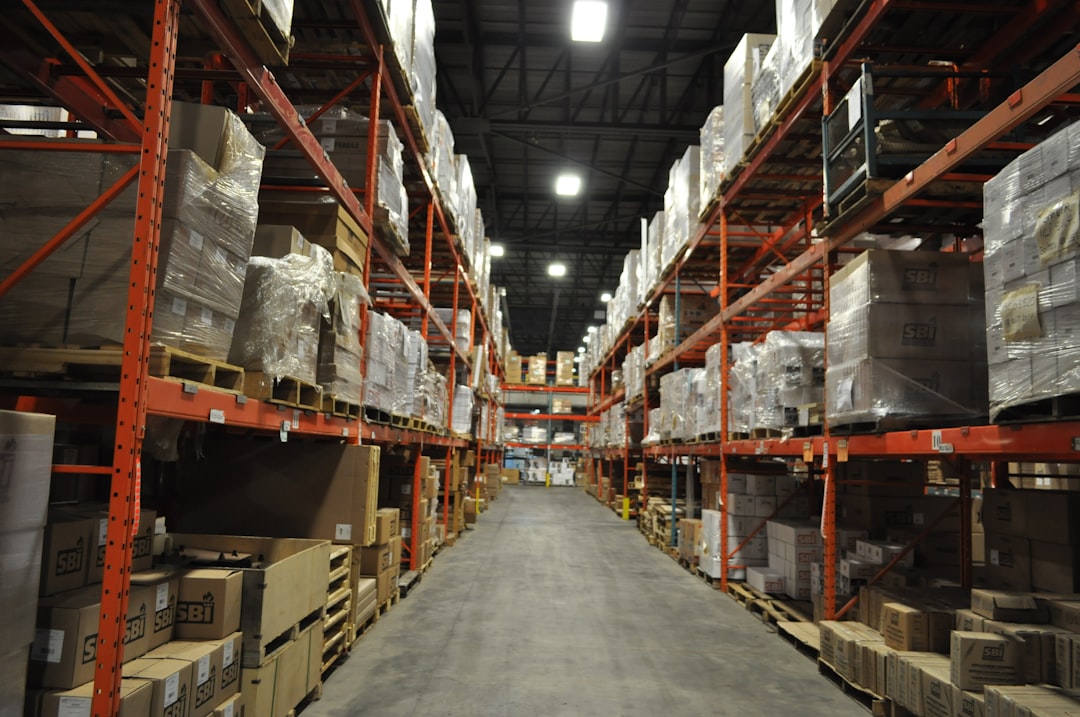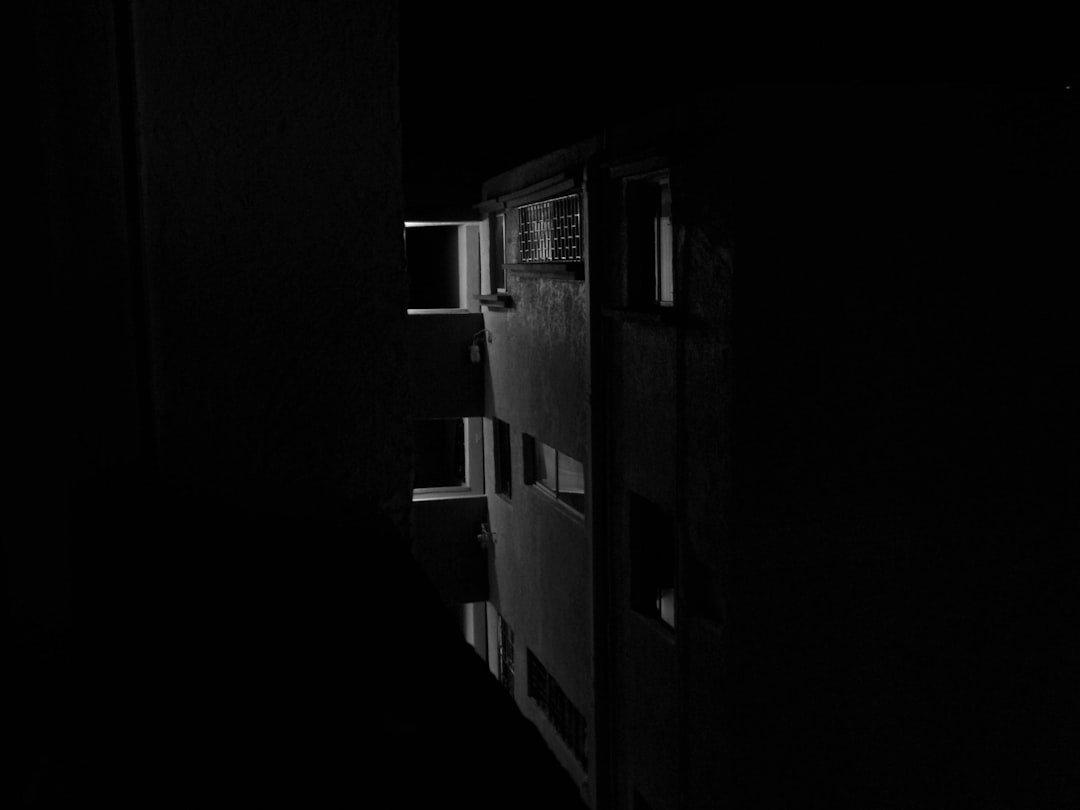Managing storage systems can sound scary. But it doesn’t have to be. One tool that makes life easier for IT admins is called Common Array Manager, often shortened to CAM. Sounds fancy, right? Don’t worry—it’s actually quite simple and very helpful.
Whether you’re managing a small storage rack or a massive enterprise network, CAM helps you keep everything organized, monitored, and running smoothly. Let’s explore what it is, what it does, and why it might just become your new favorite storage buddy.
What Exactly Is Common Array Manager?
Common Array Manager is a software tool developed by Sun Microsystems, and later used in Oracle environments. It was designed to manage STK (StorageTek) and Sun Storage Arrays. In short, it’s a centralized manager for your storage.
Using CAM, you get a one-stop dashboard to handle all healthcare-like duties for your data storage: monitor, configure, diagnose, and maintain. CAM speaks to many models of storage systems—so instead of using many tools, you just use ONE.

Why Is It Useful?
Imagine running a library without knowing which books are where. Chaos! CAM saves you from that in the digital storage world.
Here’s how CAM helps:
- Centralized Control: Manage all your storage arrays from just one place.
- Monitor Health: Get warnings, alerts, and logs before things go wrong.
- Simplified Setup: Configure hundreds of settings through easy menus.
- Automated Tasks: Schedule tasks and backups so you can relax a little.
- User Management: Create different roles and permissions for your team.
With CAM, even a newbie can manage complex storage settings like a pro.
Top Features of Common Array Manager
This isn’t just some dusty old software. CAM packs some punch:
- Web-Based Interface
You don’t need to install CAM on every machine. Just access it from a browser using a secure login. - Array Discovery
CAM can automatically search and list all connected storage arrays. No more hunting down devices like a scavenger hunt. - Performance Monitoring
It tracks usage, response time, and can give detailed graphs and stats. - Event Alerts
Get notified right away if something’s wrong—via email, SNMP traps, or system logs. - Firmware and Software Updates
Update multiple devices from one console. Keep everything current and secure. - Zoning and LUN Management
Assign logical units and zones without needing to dive deep into command-line madness. - Redundancy and Failover
Configure backup paths so that your data stays accessible even if something fails.
Getting Started With CAM
If you’re new to CAM, setting it up is easier than you think. Here’s a fun and simple guide:
- Install It
Download the installer from Oracle’s site (or legacy Sun support if needed). It supports Windows, Linux, or Solaris. - Run Initial Configuration
Set your admin password, network settings, and discovery options. - Connect Devices
Plug in your supported arrays. CAM will usually spot them automatically. - Start Monitoring
Log into the web UI using your browser. Check the system health, graph trends, and set alerts.
And you’re live! It’s like having a security camera but for your storage arrays.
What Kinds of Arrays Does It Work With?
CAM works best with specific models built by Sun or StorageTek. Here are some of the key ones:
- Sun Storage 6000 Series
- StorageTek 2540, 2530, 2500 Series
- Sun Storage J4000 Series
- T1000 and T2000 Unified Storage Arrays
Compatibility may vary so it’s always good to double-check your model with Oracle’s documentation.
Best Practices When Using CAM
To get the most out of CAM, follow these friendly tips:
- Keep it Updated: CAM gets better with updates. Don’t skip them!
- Back Up Configurations: Before making big changes, always save a backup.
- Use Alerts Wisely: Set up warnings for disk space, RAID failures, and offline devices.
- Don’t Overcomplicate: Use naming conventions and group your arrays logically.
- Train Your Team: Walk your team through simple tasks inside CAM regularly.
The smoother your CAM usage, the safer your data.
Limitations to Know
Now, CAM isn’t perfect. Let’s be real—it’s kind of old-school. Here are some limits:
- Support Has Ended: Oracle has moved to newer tools like Oracle SAN Manager and Oracle Unified Storage Manager.
- Limited Support for Newer Arrays: Don’t expect support for hot new flash systems.
- No Cloud Integration: CAM was built before the cloud boom. So, it lacks cloud storage features.

But if you’re working in environments that still run these older systems, CAM is still a trusty sidekick.
Alternatives to CAM
If you like the idea of CAM but need newer features, here are options worth checking:
- Oracle SAN Manager – The modern replacement with better UI and SAN support.
- NetApp OnCommand System Manager – Great for NetApp storage solutions.
- Dell EMC Unisphere – A fantastic dashboard for Dell storage arrays.
- HPE Storage Management Tools – Great if you’re using HPE products.
Each one has its magic tricks, depending on what systems you’re using.
Wrap-Up: Should You Use Common Array Manager?
If your environment uses legacy Sun or StorageTek arrays, yes. CAM is simple, solid, and powerful. It’s perfect for admins who want to track, configure, and protect their storage systems without breaking a sweat.
Sure, it’s not the shiniest tool in the shed anymore. But for what it’s made for, it does the job beautifully. And for many companies still using older arrays, it remains a lifesaver.
Use CAM for a smoother, smarter storage experience—and don’t forget to give your data some love!